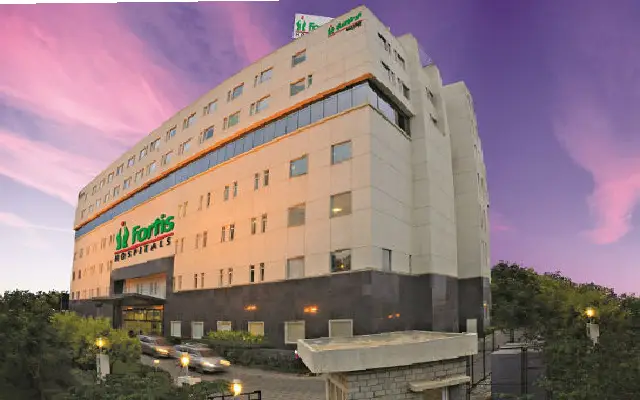Washington: With its scheduled arrival at the largest planetary inhabitant in our solar system on July 4, NASA’s Juno mission is now less than a month away from Jupiter.
 The mission is now 26 days and 17.8 million kilometres away from Jupiter, the US space agency said in a statement on Thursday.
The mission is now 26 days and 17.8 million kilometres away from Jupiter, the US space agency said in a statement on Thursday.
On the evening of July 4, Juno will fire its main engine for 35 minutes, placing it into a polar orbit around the gas giant, it added.
Giant Jupiter lies in the harshest radiation environment known, and Juno has been specially designed to safely navigate the brand new territory.
“We’re currently closing the distance between us and Jupiter at about four miles per second,” said Scott Bolton, principal investigator for Juno from the Southwest Research Institute in San Antonio.
“But Jupiter’s gravity is tugging at us harder every day and by the time we arrive we’ll be accelerated to 10 times that speed — more than 40 miles per second (nearly 70 kilometres per second) — by the time our rocket engine puts on the brakes to get us into orbit,” Bolton added.
The Juno mission team is using these last weeks to evaluate and re-evaluate every portion of the Jupiter orbit insertion (JOI) process, finding very low probability events and running them to ground — determining which, if any, need to be addressed.
Two scenarios have been identified for further work. The first is a variation in how Juno would come out of safe mode ,a protective mode if the spacecraft were to encounter an anomaly or unexpected condition. A second item involves a minor software update.
“We are in the last test and review phases of the JOI sequence as part of our final preparations for Jupiter orbit insertion,” Rick Nybakken, project manager of Juno for NASA’s Jet Propulsion Laboratory in Pasadena, California, pointed out.
“Throughout the project, including operations, our review process has looked for the likely, the unlikely and then the very unlikely. Now we are looking at extremely unlikely events that orbit insertion could throw at us,” Nybakken said.
The Juno mission was launched on August 5, 2011 with the primary aim of improving our understanding of the solar system’s beginnings by revealing the origin and evolution of Jupiter.
With its suite of science instruments, Juno will investigate the existence of a solid planetary core, map Jupiter’s intense magnetic field, measure the amount of water and ammonia in the deep atmosphere, and observe the planet’s auroras, according to NASA’s mission profile.


















